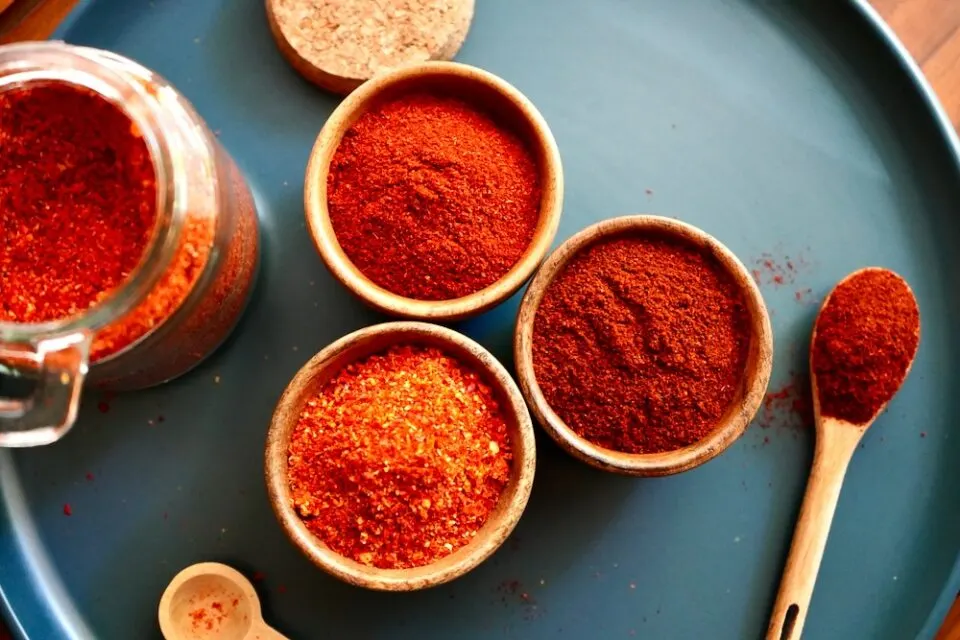- No. 268 Xianghe Street, Economic Development Zone of Xingtai city, Hebei 054001 China
- Byron@hbhongri.cn
Exploring the Flavors of Fresh and Dried Chiles in Culinary Creations
Fresh and Dried Chiles A Flavorful Exploration
Chiles, with their vibrant colors and varying heat levels, are an integral part of cuisines around the world. Whether enjoyed fresh or dried, these versatile ingredients bring depth, complexity, and a touch of spice to our culinary experiences. In this article, we will explore the distinctions between fresh and dried chiles, their various types, and how they can be utilized in cooking.
Fresh Chiles A Burst of Flavor
Fresh chiles are often the first choice for cooks looking to inject certain regions' authentic flavors into their dishes. Common varieties include jalapeños, serranos, habaneros, and bell peppers, each providing a unique flavor profile. Fresh chiles are characterized by their bright colors and crisp texture. They can be used in a variety of ways, from salsas and salads to soups and marinades.
The heat of fresh chiles is measured using the Scoville scale, which quantifies the capsaicin concentration—the compound responsible for the spicy kick. For example, jalapeños typically rank between 2,500 to 8,000 Scoville heat units (SHU), while habaneros can reach 100,000 to 350,000 SHU. This variation allows chefs and home cooks to select the right heat level based on personal preference or the dish being prepared.
In addition to their spiciness, fresh chiles also contribute a refreshing quality to meals. Their natural juices can brighten sauces and dips, making them a perfect addition to guacamole or pico de gallo. Roasting fresh chiles enhances their sweetness and smokiness, creating a delightful flavor enhancement for various dishes. Whether grilled, sautéed, or eaten raw, fresh chiles provide a dynamic element to any meal.
Dried Chiles Concentrated Flavor and Heat
Dried chiles, on the other hand, present a different flavor experience. The drying process concentrates their flavor and heat, resulting in a more intense taste. Common types of dried chiles include ancho, guajillo, pasilla, and chipotle. Each type carries its unique characteristics, often reflecting the region they originate from.
fresh and dried chiles

Dried chiles can be rehydrated in hot water, allowing them to regain some of their original texture and flavor. This method is commonly used in traditional recipes, where the chiles are soaked and then blended into sauces, such as mole or enchiladas. The rich, complex flavors of dried chiles often develop after cooking, making them perfect for slow-cooked dishes like stews and braises.
Using dried chiles can also introduce a smoky element to recipes, especially if they are of the chipotle variety. Chipotle chiles are smoked and dried jalapeños, providing a distinct, smoky flavor that can elevate barbecue sauces, marinades, and even chili con carne. The deep, rich taste of dried chiles allows cooks to create depth in their dishes, making them an essential pantry item for those who enjoy preparing authentic cuisine.
How to Choose and Store Chiles
When selecting chiles, freshness is key, especially with fresh varieties. Look for chiles that are firm, brightly colored, and free from blemishes. For dried chiles, opt for whole ones rather than ground varieties to ensure maximum flavor retention. Dried chiles should be stored in a cool, dark place, preferably in an airtight container to maintain their potency.
The Culinary Versatility of Chiles
Fresh and dried chiles can be used interchangeably in some recipes, but they each bring distinct advantages to the table. Fresh chiles are ideal for salads, salsas, and dishes where a bright, fresh flavor is desired, while dried chiles are perfect for enriching sauces and slow-cooked meals. Understanding how to balance these two forms can elevate the overall flavor profile of a dish.
In conclusion, fresh and dried chiles offer a wealth of flavor and versatility, making them indispensable in global cuisine. By embracing both forms, cooks can harness the freshness of garden-fresh chiles along with the concentrated depth of dried varieties. Whether you prefer the zing of fresh jalapeños or the deep, smoky notes of dried ancho chiles, incorporating these ingredients into your cooking will undoubtedly enhance your culinary adventures. So the next time you step into the kitchen, consider experimenting with both fresh and dried chiles, and unleash a world of flavors that will tantalize your taste buds.
-
Unlock the Power of Nature with Capsicum Oleoresin ExtractNewsJul.03,2025
-
Unleash the Heat: Discover the Wonders of Spicy Crushed Red PepperNewsJul.03,2025
-
Unleash the Flavor of Red Pepper Pods – Elevate Your Culinary Creations!NewsJul.03,2025
-
The Rich Flavor of Red Pepper Dried – The Ultimate Ingredient for Your Culinary Creations!NewsJul.03,2025
-
Discover the Rich Flavor of the PaprikaNewsJul.03,2025
-
Discover the Flavorful World of Paprika & Chili ProductsNewsJul.03,2025







